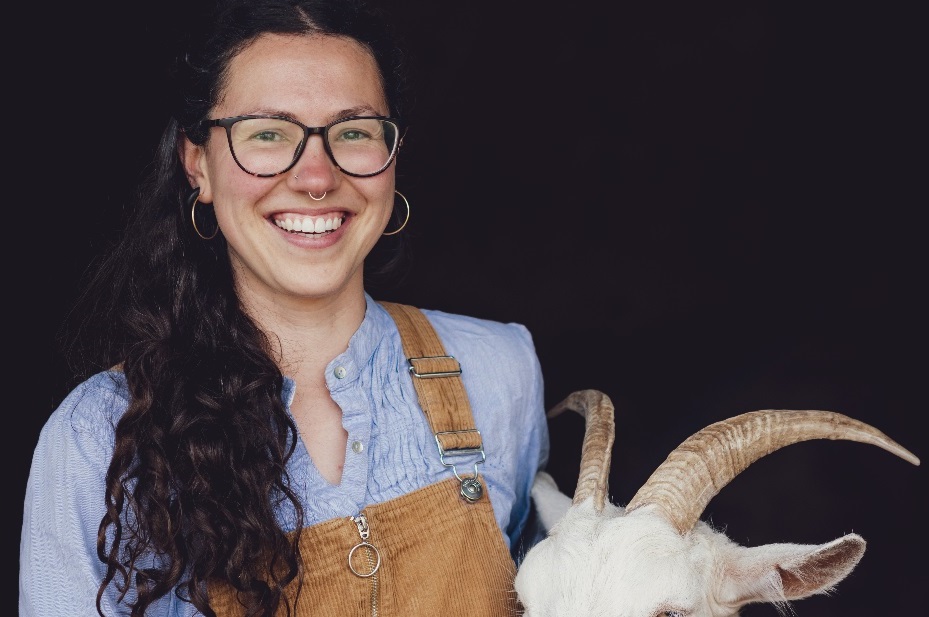
A Welsh upland dairy farm is aiming to accelerate its move away from a reliance on nitrogen fertiliser for growing grass by growing herbal ley mixes.
Taking on the long-term tenancy of 48ha Maes Dulas Farm, Powys was a prompt for Sophia Morgan-Swinhoe and Sam Wren-Lewis to take a fresh look at how they produced feed for their Jersey and goat herds.
Grass leys at the farm were historically established with perennial ryegrass varieties, but with an ambition to reduce dependency on nitrogen fertiliser, to reduce product cost and for the benefit of the soil, the couple are trialling diverse mixes.
That trial is being funded by the Farming Connect ‘Try Out Fund’, an initiative that provides funding to farmers to experiment with ideas.
Although the benefits of herbal leys for fixing nitrogen and improving soil health are well documented, what is less understood is their establishment in existing perennial ryegrass leys in upland land through direct drilling.
The varieties that are best suited to that method to ensure that the leys remain productive are also not well known.
The fund has given the couple the opportunity to examine that, for their own benefit and other farmers considering this approach.
Three one-hectare plots of different seed mixes are being established at Maes Dulas Farm this spring and a perennial ryegrass plot will act as a control.
One mix is a multi-species sward that focuses on promoting nitrogen fixation, to maintain yield productivity without synthetic nitrogen fertiliser.
Another has an emphasis on deep rooting varieties to increase soil health and carbon sequestration, as well as other benefits such as the soil’s water retention and drought resistance. The third is a combination of both.
Sam said: “We're excited to see how a range of diverse species can help regenerate previously nitrogen dependent pastures."
The performance of all plots will be measured at the end of the 2024 grazing season.
